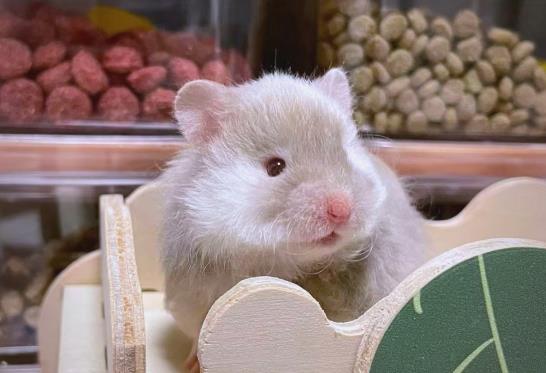Pet hamsters typically don’t hibernate on their own, but they may enter a dangerous "pseudo-hibernation" state under specific conditions. Here’s a key analysis:

I. Hibernation Traits of Pet Hamsters
Physiological Differences
Wild hamsters (such as Syrian hamsters) have the ability to hibernate to survive extreme cold, but domesticated individuals, after generations of artificial breeding, have lost the physiological basis for safe hibernation.
Environmental Dependence
Pseudo-hibernation may be triggered when room temperature stays below 15°C. This is a life-threatening state of metabolic disorder that requires immediate intervention.
II. Signs of Pseudo-Hibernation
Abnormal Body Temperature: The body surface temperature is close to the ambient temperature (usually below 20°C).
Weakened Vital Signs: Breathing rate drops below 5 times per minute, and the heartbeat is so faint it’s barely detectable.
Distinct Posture: The body curls into a ball with front paws half-open (unlike the stiff, contorted posture seen in death).
III. Emergency Response Measures
Gradual Rewarming
Wrap the hamster in a 40°C warm towel or place it in a 28°C to slowly restore body temperature. Avoid large temperature differences, which can cause shock.
Metabolic Activation
Gently touch the paw pads or spray a small amount of menthol to stimulate awakening.
Once awake, feed 5% glucose water to replenish energy.
IV. Prevention Tips
Temperature Control: Keep the environment at 18-25°C in winter. Avoid placing the cage near windows or vents.
Diet Management: Increase high-calorie foods (such as nuts) and ensure the drinking water is at a constant temperature.
Health Monitoring: Older or frail hamsters are more prone to pseudo-hibernation and require closer observation.
A critical note: If a pet hamster remains in pseudo-hibernation for more than 48 hours without waking, its survival rate drops significantly.
